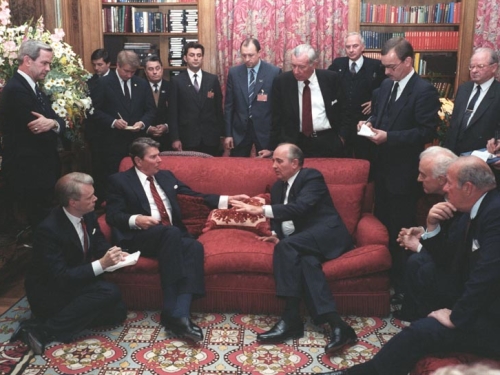
This article was originally published by War on the Rocks on 6 November, 2014.
Mark Twain reportedly quipped that history does not repeat itself, but it often rhymes. For students of Cold War history, discussions of a “new offset strategy” certainly have a meter or cadence that resonates with a period of American defense strategy and military innovation that, until now, has been largely ignored. The history of American defense policy during the Cold War is often told by chronologically outlining the waxing and waning of defining ideas or concepts: containment, atoms for peace, open skies, massive retaliation, AirLand Battle, flexible response, détente, entente, various “doctrines” (e.g., Nixon, Carter, Reagan) and so on. Frequently, the idea or concept represents a complex strategy or policy that retains historic significance because of its influence on subordinate defense planning and force structure decisions. In a period replete with acronyms and nicknames, the relatively straightforward “offset strategy” concept has gone relatively unnoticed.
